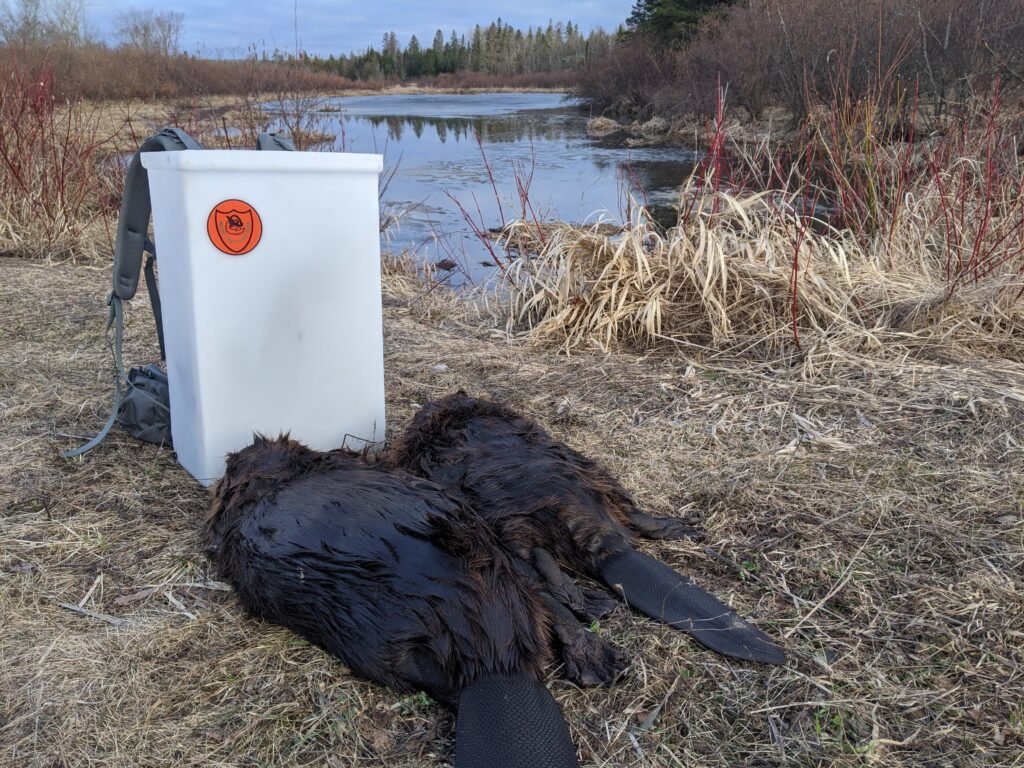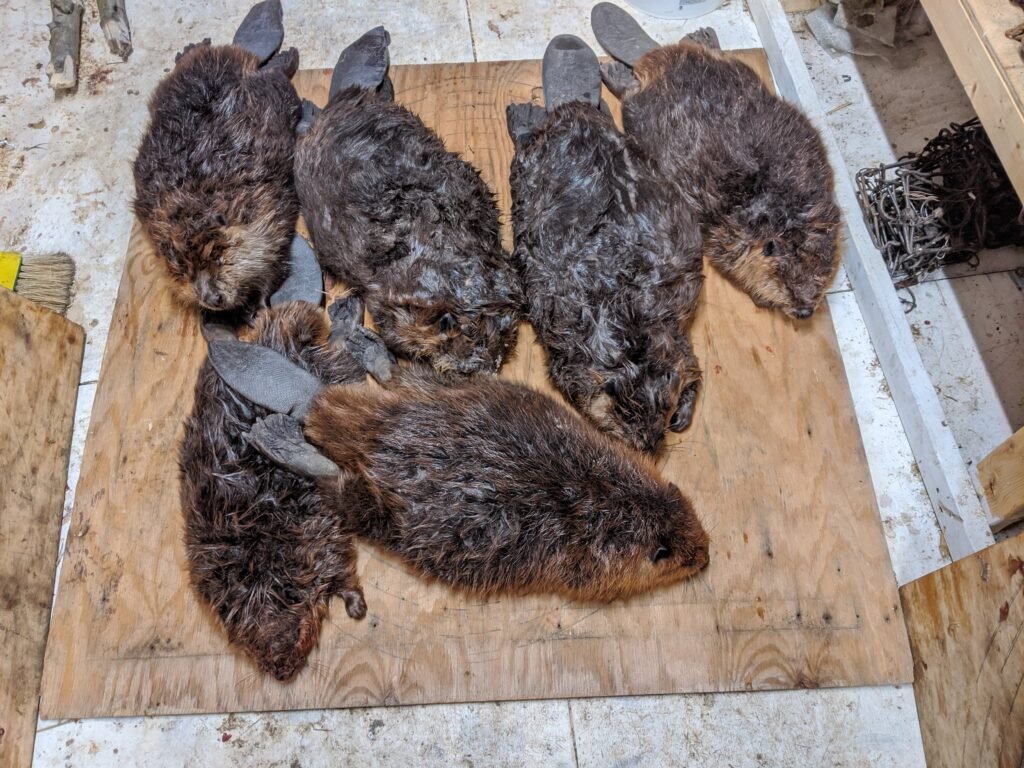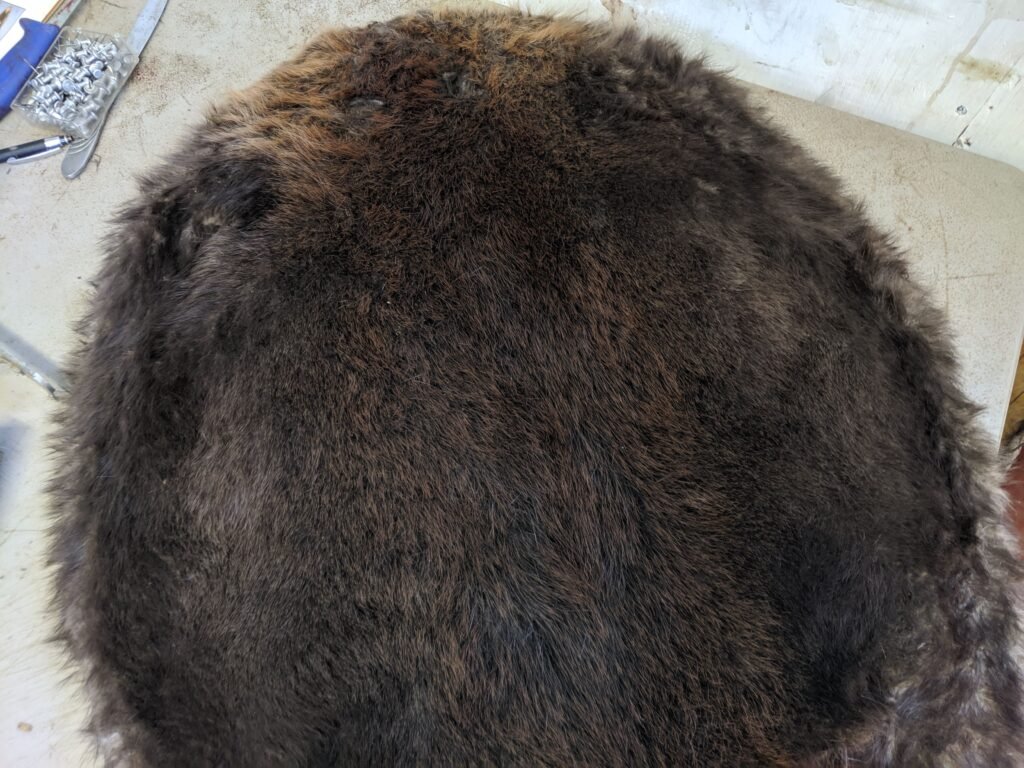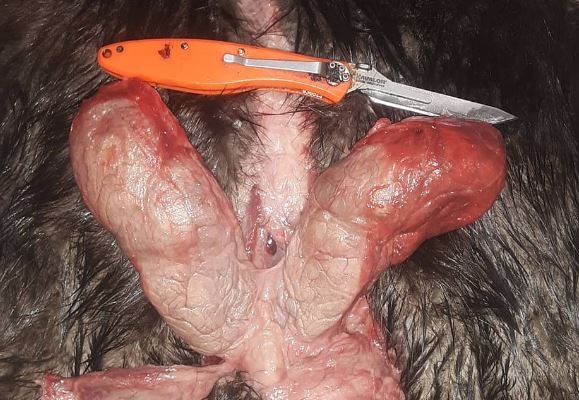The beaver and its valuable fur pelt played a key role in the settlement of North America. Mountain men were fur trappers first and foremost, and they scoured the American West through rough and rugged territory looking for beaver. Their trapping exploits gave them the experience and local knowledge to help guide settlers through mountain passes and over the safest routes to reach new land.

The seemingly insatiable appetite for fur in Europe and Asia continued to drive markets for beaver pelts even as beaver populations declined from over-harvest due to lack of regulation in these new territories. In fact, some were concerned that beavers would become extinct. But times changed.

These days beavers are plentiful throughout North America and their widespread abundance causes problems where human infrastructure and beaver habitat overlap. The days of getting rich trapping beavers are long gone. Although populations are abundant and regulated by wildlife managers, the fur market is only a fraction of what it used to be. That said, trappers still exist, and they do harvest beavers regularly…..it’s just that the reasons for harvesting beaver tend to be prevention and remediation of damage to infrastructure rather than solely for their fur. Since beavers are still trapped, many might wonder what trappers do with the beavers they catch.
Live Trap and Relocate
In cases where trappers catch beavers in live traps where they are flooding roads and threatening human health and safety, they often relocate those animals to new locations and release them alive. This ‘live trap and relocate’ strategy can be effective when there is empty habitat suitable for beavers. These days, however, because beavers have become so abundant, most suitable habitats are already occupied by beavers. Adding relocated animal to an already occupied area can spell disaster. Beavers compete with each other for food, and the new arrivals are often killed by resident beavers defending their habitat. Also, depending on the time of year they are relocated, the newly arriving beavers will often starve to death due to lack of adequate food and time to gather it before winter. Finally, relocating a problem beaver to a new area often results in more beaver problems in the new area, thus simply shifting the problem somewhere else rather than solving it. For these reasons, many trapped beaver are euthanized instead of relocated.
Fur
Although the fur market isn’t as lucrative as it used to be, beaver pelts still have value for their fur. These days, a large portion of the beaver pelts on the market are ground up and used to create a special felt that goes into making hats. The popular Stetson cowboy hats are made using beaver felt, as well as many fedoras and other similar hats. Beaver fur is also used to make coats, hats and mitts.

A lot of work is involved for a trapper to turn a harvested beaver into a sellable pelt. First the beaver has to be skinned, then the skin is fleshed to remove all meat and fat, and it is stretched and dried to preserve for tanning. These dried pelts are typically sold on the market for $10-30 each.
Food
Many trappers are beginning to recognize beaver meat as a tasty, nutritious source of protein and are saving the meat from harvested beavers for the table. In fact, a number of new trappers got their start due to an interest in eating beaver meat. Fresh, organic, natural, local and pretty much free beaver meat can be a valuable natural resource. Personally my favorite beaver meal includes cutting the backstraps out of a beaver and slicing them up into mini steaks about 3/4″ thick. I then season these liberally with garlic salt, onion powder and red pepper and fry in olive oil. Tasty!! Beaver legs are full of meat but the bone structure makes it difficult to debone these efficiently. The best way to cook beaver legs and thighs is to slow cook in a crockpot with onions and other seasoning, and whatever vegetables you like. The meat falls off the bone and is great with barbecue sauce.

Dog Food
Beaver meat is becoming a popular dog food these days as its natural, hormone and chemical free makeup as well as its health benefits are being widely circulated. This has been known in northern areas for many decades, where arctic peoples have fed beaver meat to their sled dogs throughout history. Beaver meat is rich and fatty, providing badly needed calories dogs need to perform well in cold weather. Dog mushers note that their dogs develop healthy, shiny hair coats when eating a diet of beaver meat.
Perfume and Flavoring
Beavers posses unique scent glands called castors, which produce a unique, powerful and pleasant odor. These castors have a long history of being used in the perfume industry, and perfumers still buy a large portion of the castors from harvested beavers today. In addition, castor is used as a natural flavoring in many food items, particularly to create a vanilla type flavoring. Think vanilla ice cream.
Medicine
Beaver castor has long been used by native Americans and pioneers as a medicine for a variety of ailments, from relieving pain to curing symptoms of the common cold or more serious conditions. Although it is not used in mainstream modern medicine, traditional medicine practitioners still use castoreum (beaver castor extract) for its perceived health benefits.
Bait and Lure
In addition to being used in food flavoring and perfumes, beaver castor is one of the most popular ingredients in baits and lures used by trappers. Beavers commonly create castor mounds, which are scent mounds built with mud and vegetation near the water’s edge and adorned with scent excretions from their castor glands. These mounds and their accompanying smell serve as territorial markers among beavers within a population, as well as potential attractants to beavers of the opposite sex. As a result, beavers in most places are highly attracted to castor scent, and thus the glands make an excellent beaver lure. It’s not just beavers that castor works on, though. It seems as though most every furbearer around is attracted to the scent of castor, including foxes, coyotes, otter, muskrat, fisher, mink and especially bobcats and lynx. Due to its excellent use as a lure, many trappers collect castors from the beavers they harvest to make their own lure, while others will sell or trade it to lure makers who put together more complex commercial formulas.
While castor glands are for scent marking, beavers also possess oil sacs, which are glands that produce oil used to preen and treat their fur coat to repel water. Oil from these sacs is another excellent lure used for beaver trapping, and both the oil and the sacs are used to effectively lure other furbearers such as coyotes and foxes.
Finally, beaver meat is one of the best predator baits available. Trappers often use it as the primary bait on their traplines. Predator hunters use beaver carcasses at their bait piles as well.
Science/Education/Decor
There is a small but vibrant demand for beaver skulls to be used in the education system as well as for decorative items in people’s homes. Apparently it’s popular among some people to have a cleaned and bleached beaver skull on display in their home. A number of trappers will save the skulls from beavers they harvest and sell to skull buyers, who then boil, clean and treat them for further use. Some even clean up their own skulls and sell them directly to consumers. As another unique use of skulls, I once sold a bunch to a wildlife biologist who was researching beaver anatomy and needed skulls from different locations throughout the species’ range.
In Conclusion…
As the populations of both beavers and humans continue to expand in North America and the number of beaver trappers declines, the need to harvest beavers to keep populations at socially acceptable levels will continue. Inevitably, that means beavers will be killed, regardless of whether folks like it or not. These days of lower fur prices have helped drive the recognition of the beaver as valuable for more than just its pelt. Sure, beavers are still harvested for fur, but so much more of the animal is being put to good use. And as for the parts that aren’t used, if properly disposed of they provide an excellent food source for mammals, birds, bugs, bacteria and more. Nothing is wasted in nature!

Leave a Reply